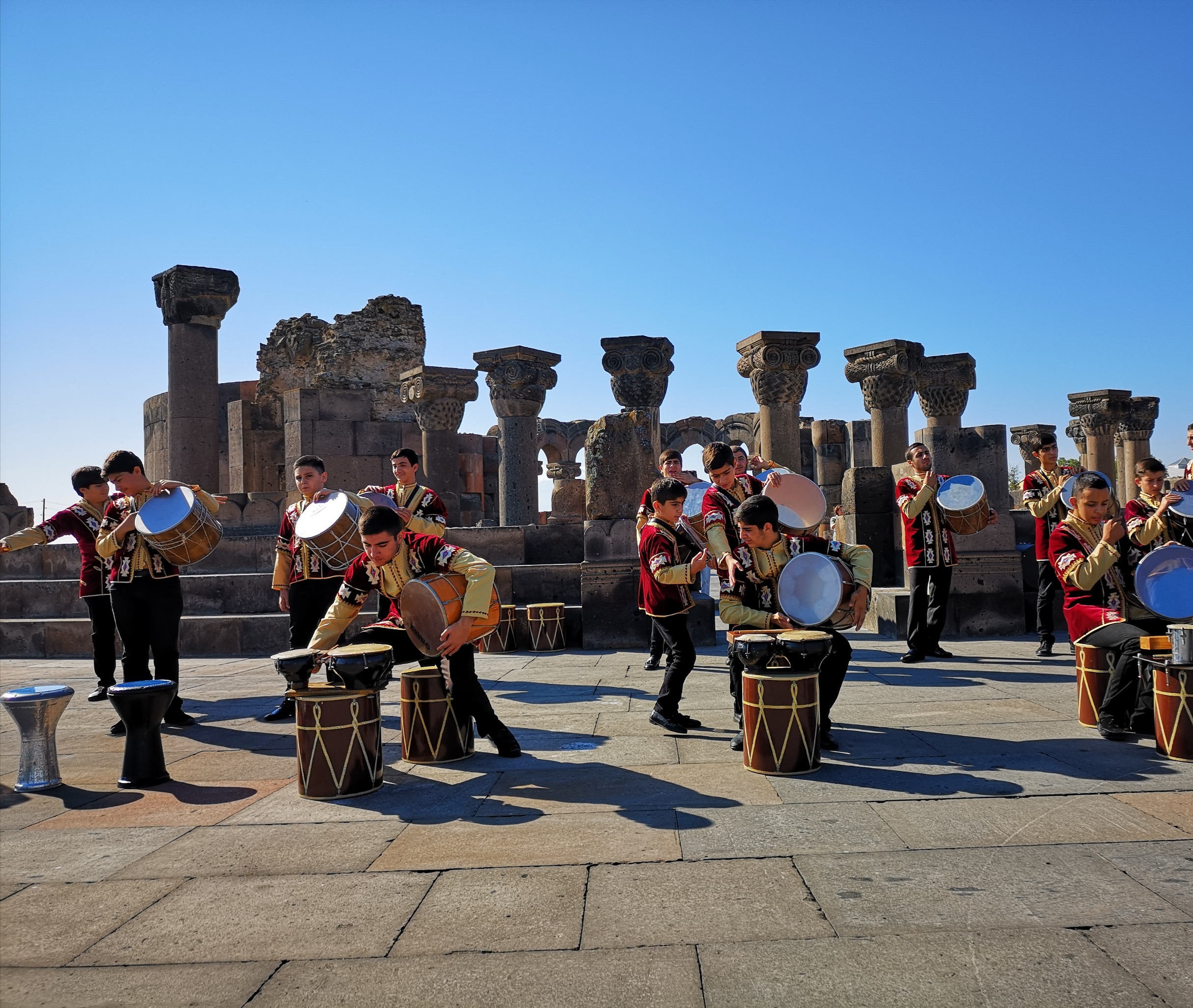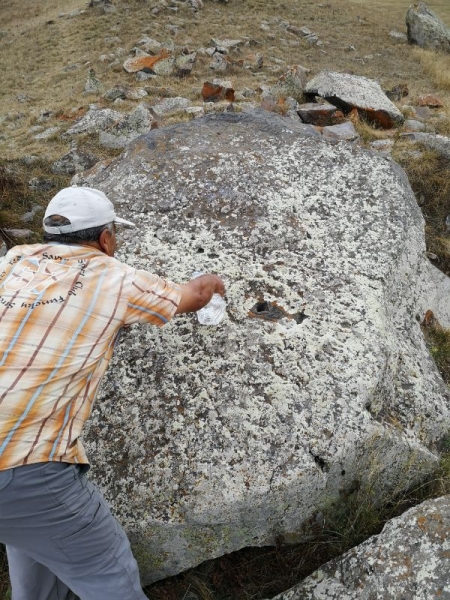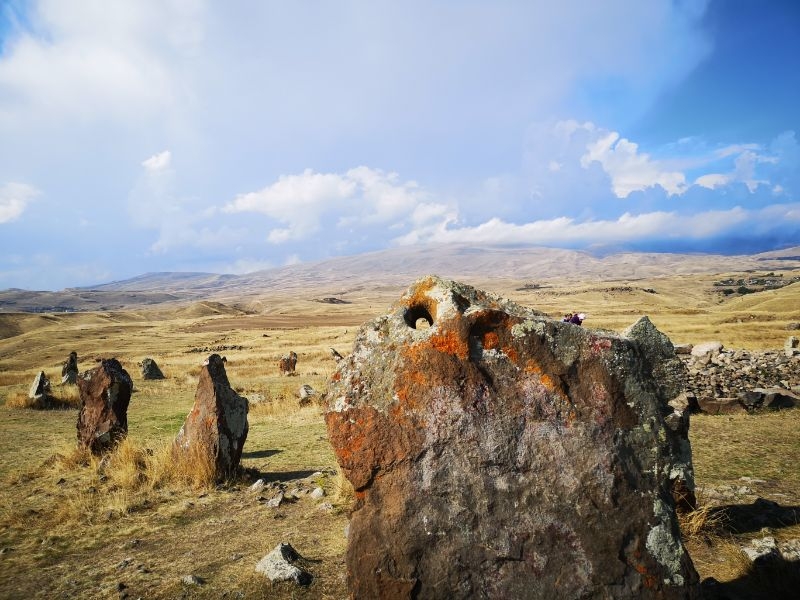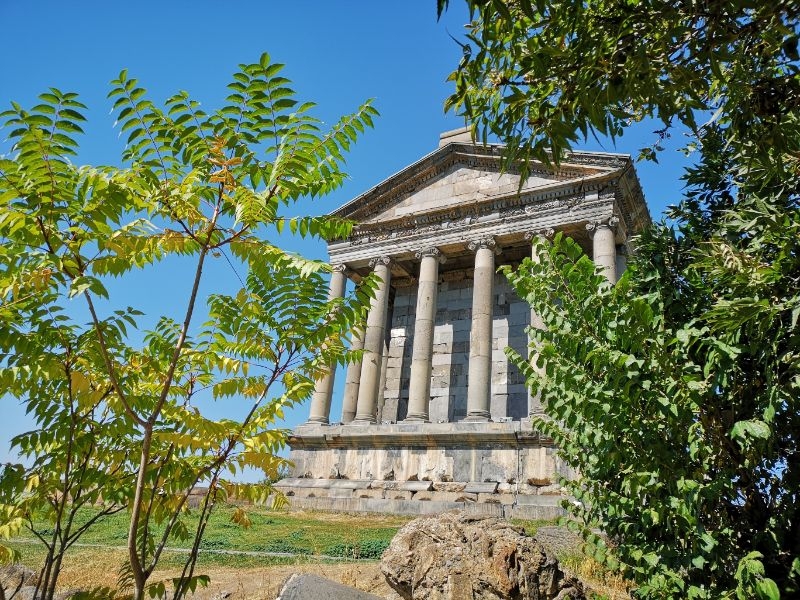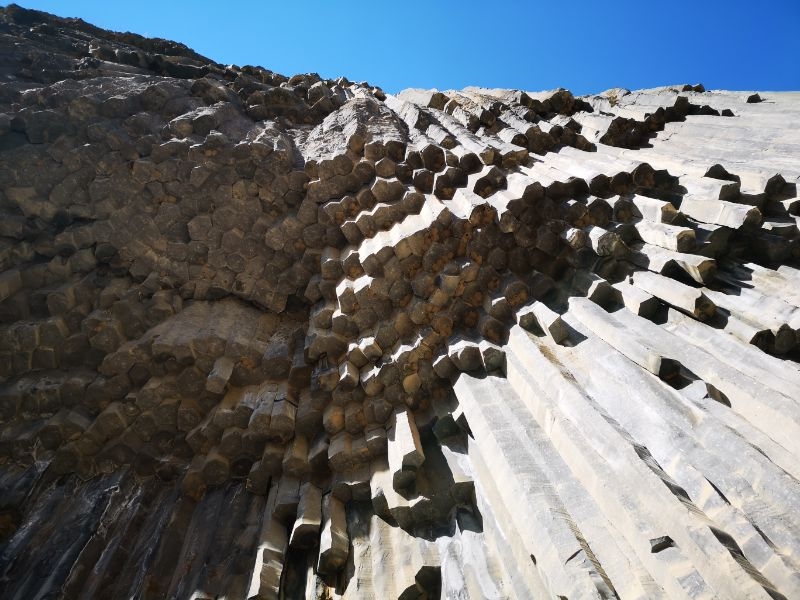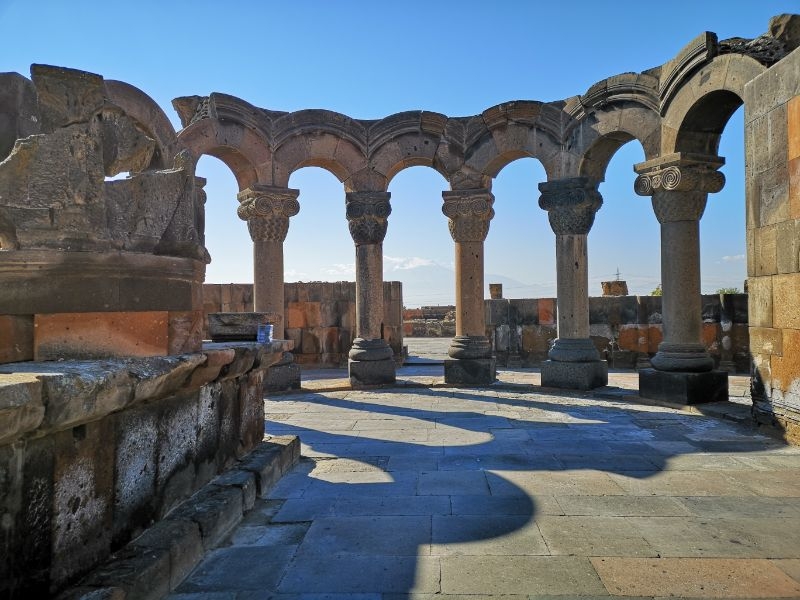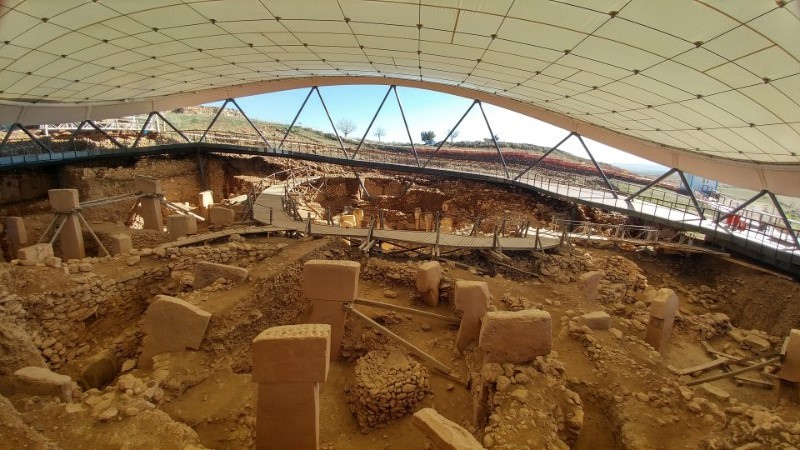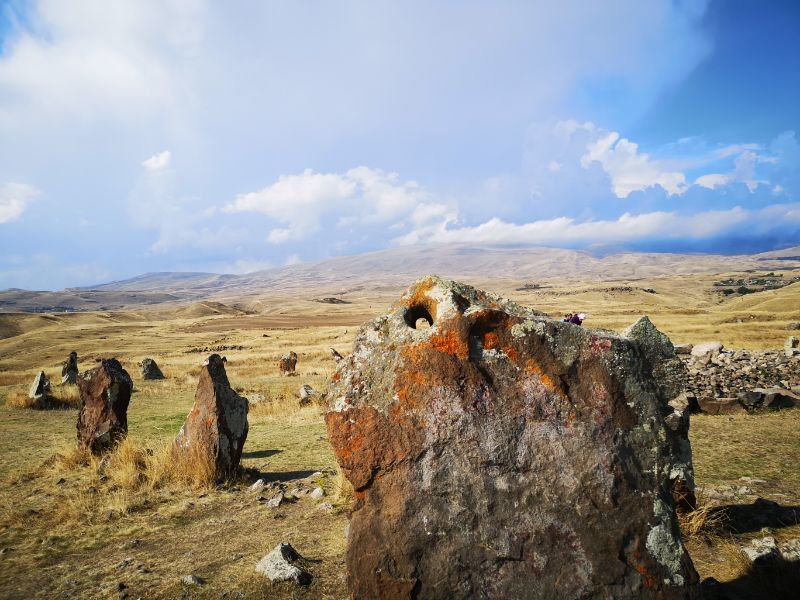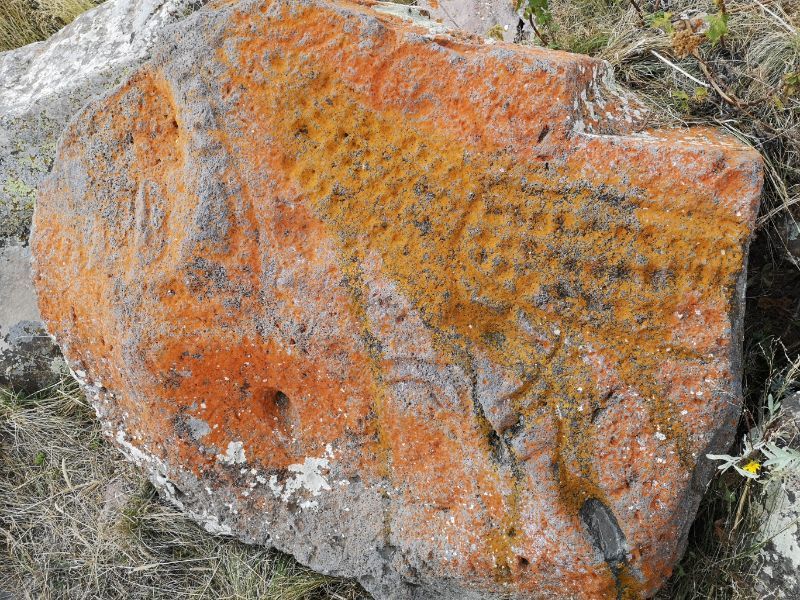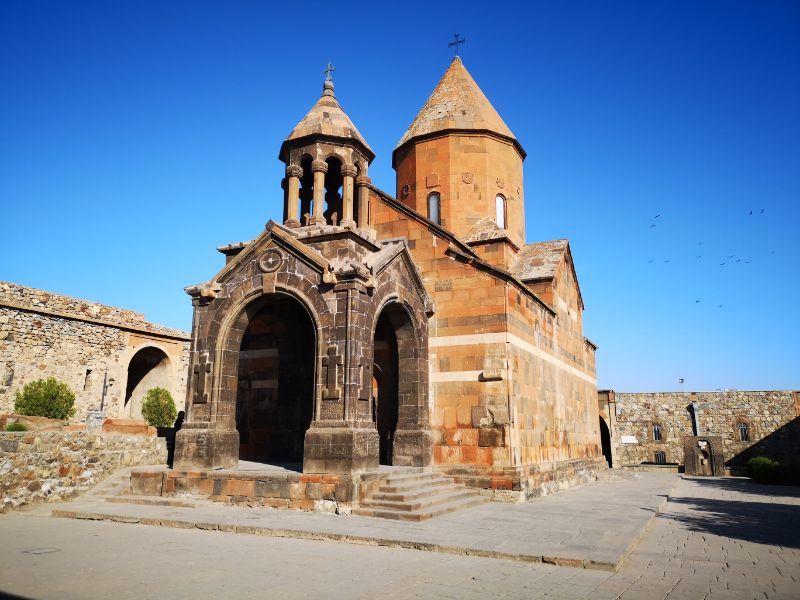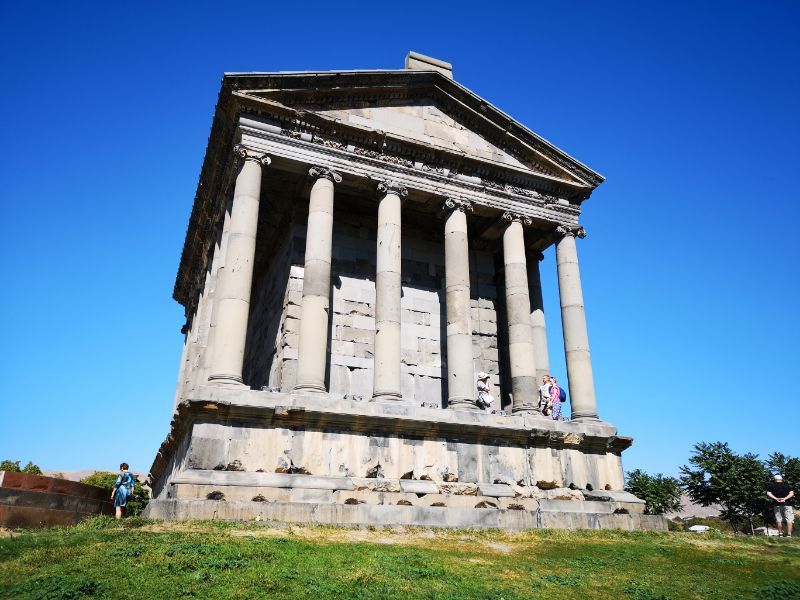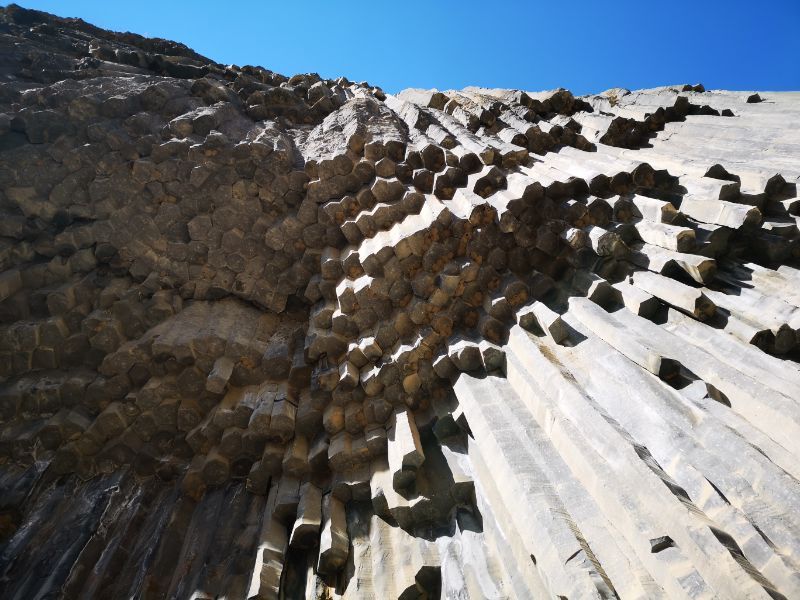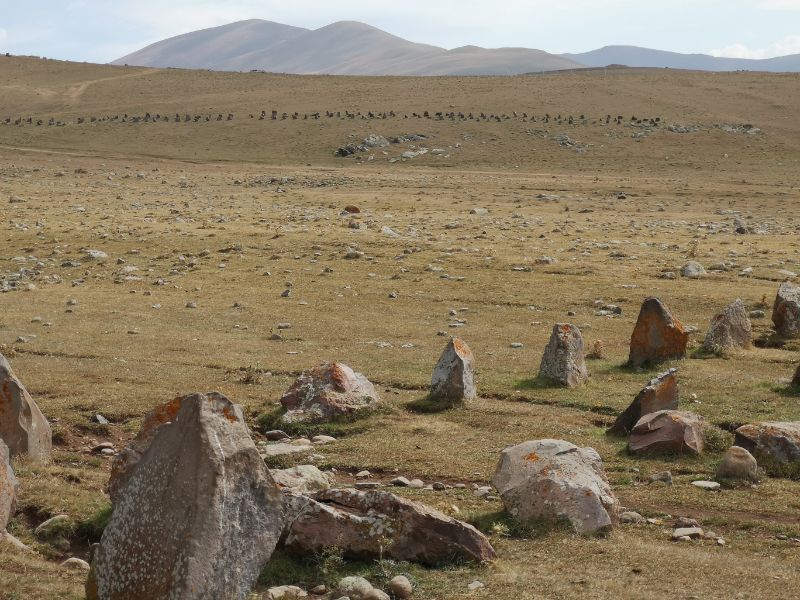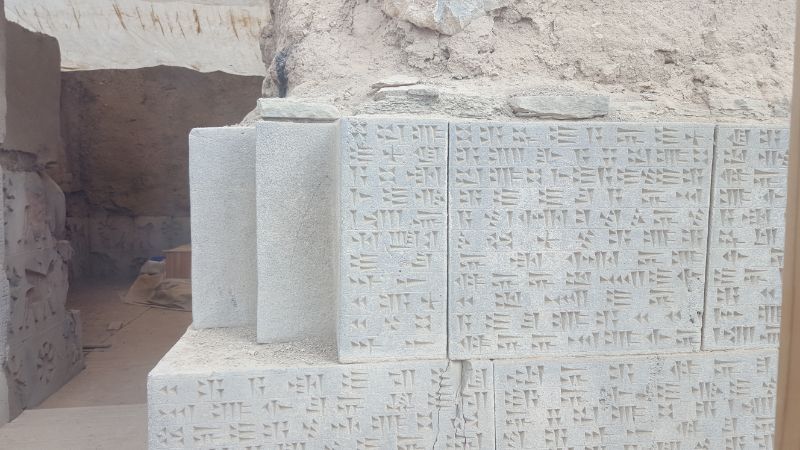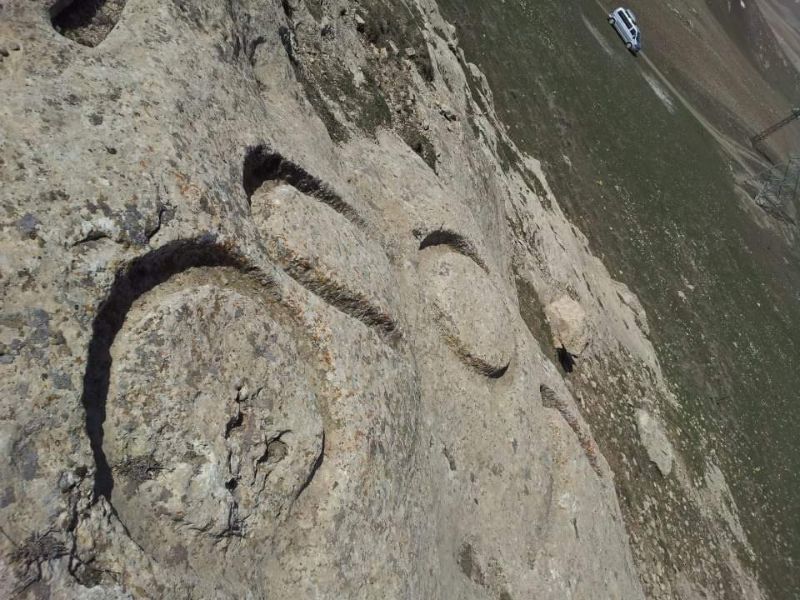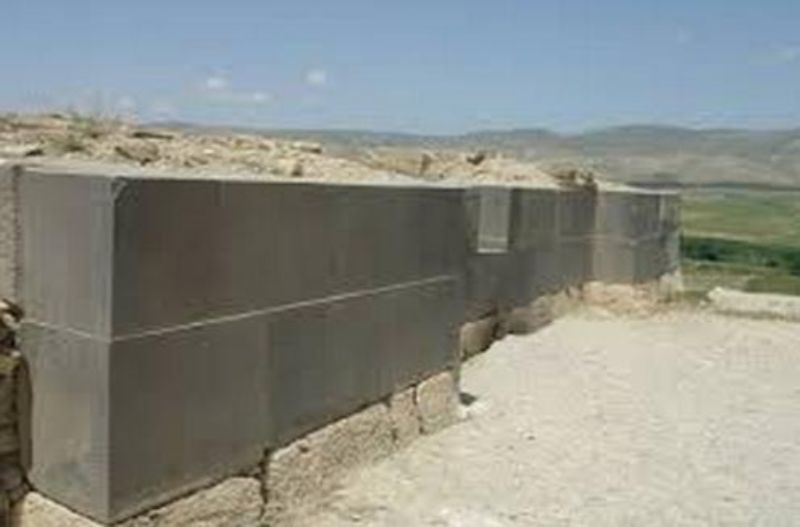This tour takes in prehistoric and megalithic sites of Armenia and Eastern Anatolia. The tour links together the Ancient Urartian cities of Yerevan and Van by circumnavigating the Biblical Mountain of Ararat, which takes it name from Urartu. The tour will visit major military sites of this extraordinary 9th and 8th Century B.C. civilisation. At the same time we will follow a thread of prehistoric monuments from the standing stones of Karahunj in Southern Armenia as well as the extraordinary petroglyphs of Mount Ukhtasar, the prehistoric star map on Mount Sevsar and the enigmatic rows of standing stones at Harteshen in Northern Armenia. The tour concludes in Sanliurfa with a visit to Gobekli Tepe, which at 10,000 B.C. is the oldest example of megalithic architecture known to history.
Minimum number of participants 4 people, maximum 12 people.
-
1Day 1 -
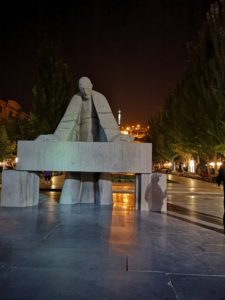 Arrive Yerevan. Meet your fellow travellers.
Arrive Yerevan. Meet your fellow travellers.Overnight Yerevan.
-
2Day 2 -
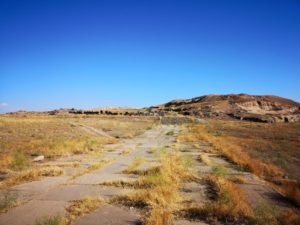 Start the day with a walking tour of the elegant plazas and parks of Yerevan and a visit to Yerevan Hisotry Museum. Afternoon, visit to the Urartian Fortresses of Erebuni and Teishebaini.
Start the day with a walking tour of the elegant plazas and parks of Yerevan and a visit to Yerevan Hisotry Museum. Afternoon, visit to the Urartian Fortresses of Erebuni and Teishebaini.Overnight Yerevan.
-
3Day 3 -
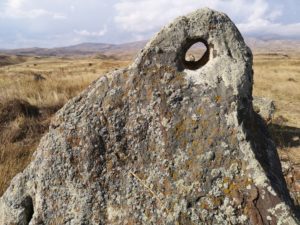 Depart Yerevan for the southern city of Goris, visiting the Monastery of Khor Virap on the eastern flank of Mount Ararat and south via the prehistoric archaeological site at Areni Cave, the Monastery of Noravank and then to the 7th Century B.C. standing stones of Karahunj and the ancient fertility site of The Navel Stone.
Depart Yerevan for the southern city of Goris, visiting the Monastery of Khor Virap on the eastern flank of Mount Ararat and south via the prehistoric archaeological site at Areni Cave, the Monastery of Noravank and then to the 7th Century B.C. standing stones of Karahunj and the ancient fertility site of The Navel Stone.Overnight Goris.
-
4Day 4 -
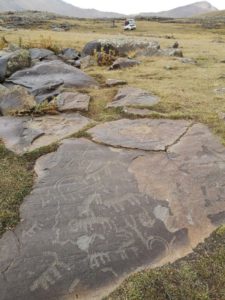 Goris to Hermon. Today we start with a visit to the 8th Century mountain Monastery of Tatev. From Tatev we take a Soviet era 4×4 vehicle to the extinct volcano of Ukhtasar to view the amazing collection of 6th Century petroglyphs. After a hearty picnic lunch we will descend the mountain to continue our journey.
Goris to Hermon. Today we start with a visit to the 8th Century mountain Monastery of Tatev. From Tatev we take a Soviet era 4×4 vehicle to the extinct volcano of Ukhtasar to view the amazing collection of 6th Century petroglyphs. After a hearty picnic lunch we will descend the mountain to continue our journey.Overnight Hermon.
-
5Day 5 -
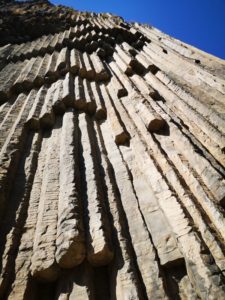 Hermon to Garni via Mount Sevsar for another 4×4 drive up the mountain to see prehistoric “star map” before continuing to visit Garni’s Pagan Temple and unique basalt rock formation.
Hermon to Garni via Mount Sevsar for another 4×4 drive up the mountain to see prehistoric “star map” before continuing to visit Garni’s Pagan Temple and unique basalt rock formation.Overnight Garni.
-
6Day 6 -
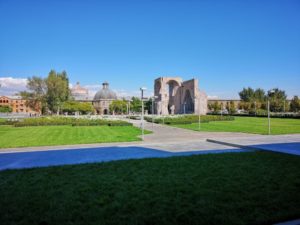 Depart Garni for Gyumri, visiting Zvarnots Temple which has stunning views of Mount Ararat, Echmiadzin, the ecclesiastical capital of the Armenia Orthodox Church before continuing to Matsamor Megalithic Observatory.
Depart Garni for Gyumri, visiting Zvarnots Temple which has stunning views of Mount Ararat, Echmiadzin, the ecclesiastical capital of the Armenia Orthodox Church before continuing to Matsamor Megalithic Observatory.Overnight Gyumri.
-
7Day 7 -
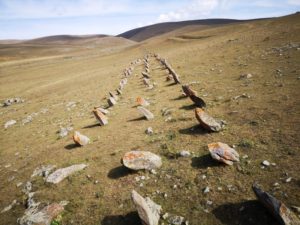 Depart Gyumri for Kars in Eastern Turkey, but before we cross the border for a brief road section in Georgia, we will visit Hartashen Standing Stones, this is one of Armenia’s most enigmatic prehistoric sites and is rarely visited.
Depart Gyumri for Kars in Eastern Turkey, but before we cross the border for a brief road section in Georgia, we will visit Hartashen Standing Stones, this is one of Armenia’s most enigmatic prehistoric sites and is rarely visited.Overnight Kars.
-
8Day 8 -
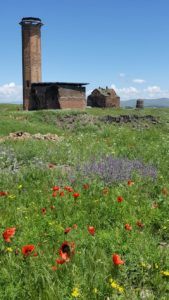 Depart Kars for Van. First stop of the day is the ancient Armenia City of Ani, abandoned in the 13th Century due to a series of earthquakes and changes in trading routes, Ani is an extraordinary monument to the region’s Armenian heritage. From Ani we skirt the western flank of Ararat to the frontier town of Dogubeyazit and then to Van with a stop at the Urartian Castle of Ayanis on the north east shore of Lake Van.
Depart Kars for Van. First stop of the day is the ancient Armenia City of Ani, abandoned in the 13th Century due to a series of earthquakes and changes in trading routes, Ani is an extraordinary monument to the region’s Armenian heritage. From Ani we skirt the western flank of Ararat to the frontier town of Dogubeyazit and then to Van with a stop at the Urartian Castle of Ayanis on the north east shore of Lake Van.Overnight Van.
-
9Day 9 -
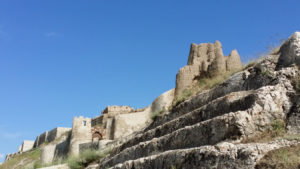 Today Van will be our base to visit the Royal Palace and Fortress of Cavustepe, the Fortress of Upper Anzaf, a centre for Urartian chariot making and Van Citadel on the shore of Lake Van and once the capital of the Urartian Empire.
Today Van will be our base to visit the Royal Palace and Fortress of Cavustepe, the Fortress of Upper Anzaf, a centre for Urartian chariot making and Van Citadel on the shore of Lake Van and once the capital of the Urartian Empire.Overnight Van.
-
10Day 10 -
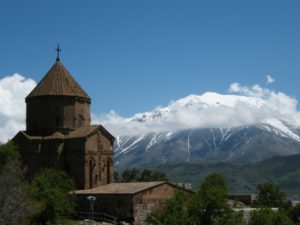 Today we leave Van along the southern shore of this great lake for Tatvan and Ahlat with a stop at Akdamar Island to visit the 10th Century Armenian Church of the Holy Cross.
Today we leave Van along the southern shore of this great lake for Tatvan and Ahlat with a stop at Akdamar Island to visit the 10th Century Armenian Church of the Holy Cross.Overnight Tatvan.
-
11Day 11 -
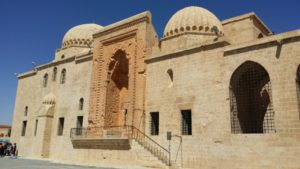 From Tatvan we will depart for Mardin along the Bitlis Gorge, once a major artery of the Silk Road, stopping briefly at the ancient city of Hasankeyf on the River Tigris.
From Tatvan we will depart for Mardin along the Bitlis Gorge, once a major artery of the Silk Road, stopping briefly at the ancient city of Hasankeyf on the River Tigris.Overnight Mardin.
-
12Day 12 -
Walking city tour of Mardin, an ancient city with a history that goes back to the Bronze Age. Today the entire Old City of Mardin is a UNESCO cultural heritage site. Mardin is today a major centre for the Syriac Orthodox Church and we will visit one of its principle centres, The Saffron Monastery which is built on a 3,00 year old Temple to the Sun which can still be seen and visited. From Mardin we continue onto Sanliurfa.
Overnight Sanliurfa.
-
13Day 13 -
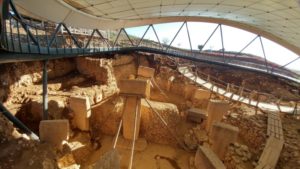 We will start the last day of this amazing tour with an early morning visit to the on-going archaeological dig at Gobekli Tepe. Popularly known as Turkey’s “Stonehenge”, this site is a complex arrangement of stone enclosures using as their central architectural feature, large T-shaped pillars carved with intricate animal designs and abstract symbols dating back to something like 10,000 B.C. this is the oldest example of monumental architecture in the world. We will allow a number of hours for the group to soak up the atmosphere of this unique place. From Gobekli Tepe we will return to Sanliurfa to visit the outstanding Archaeological Museum followed by leisure time at the Pools of Abraham.
We will start the last day of this amazing tour with an early morning visit to the on-going archaeological dig at Gobekli Tepe. Popularly known as Turkey’s “Stonehenge”, this site is a complex arrangement of stone enclosures using as their central architectural feature, large T-shaped pillars carved with intricate animal designs and abstract symbols dating back to something like 10,000 B.C. this is the oldest example of monumental architecture in the world. We will allow a number of hours for the group to soak up the atmosphere of this unique place. From Gobekli Tepe we will return to Sanliurfa to visit the outstanding Archaeological Museum followed by leisure time at the Pools of Abraham.Overnight Sanliurfa.
-
14Day 14 -
Depart for home or additional tour programmes – please see our list of short break destinations.
| Tour Price | $3400 per person |
|---|---|
| Regions Visited | Eastern Anatolia, South Eastern Anatolia |
| Fitness Level | Moderate - Able to walk 2 kms over possibly broken ground with incline. |
| What is included? |
Half board 4/5 star hotel *as available All road transport (tolls etc) English speaking guide All state and local taxes All museum and site entries |
| What is not included |
All meals (Unless otherwise stated) Personal expenses Beverages Insurance (unless otherwise stated) |
| Terms & Conditions |
Please note that there is a 20% surcharge for single room occupancy. |
